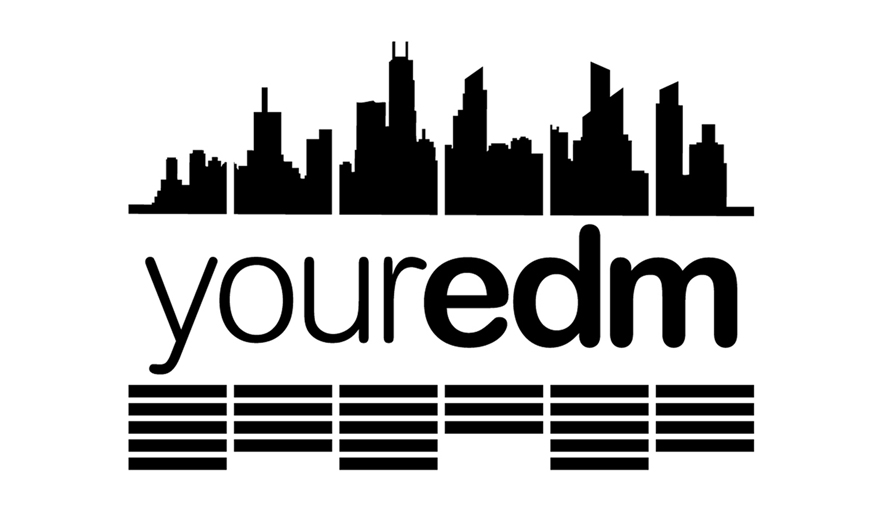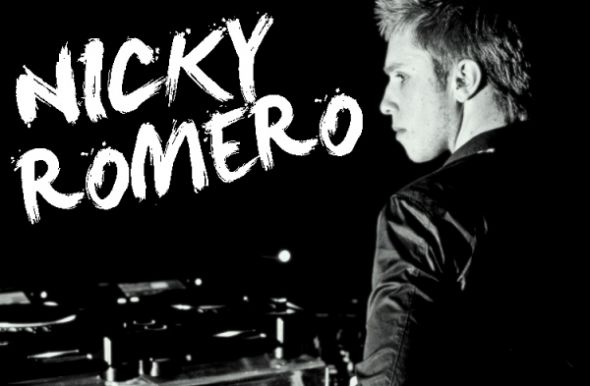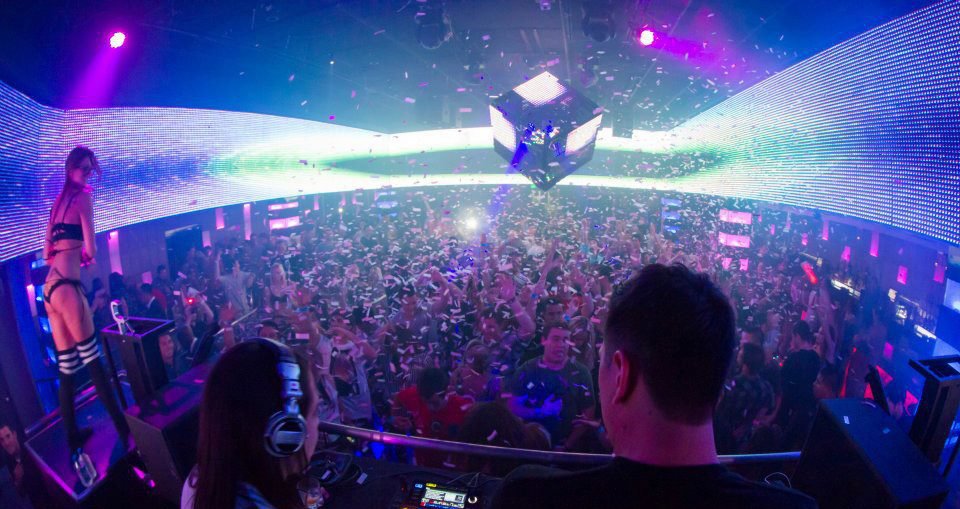
This is the last part to our educational series on drugs and the dance culture, thank you for all the support and appreciation for the work that has been put in to make this possible. Considering the success of this series, it will definitely not be our last, so stay tuned!
Click here to read Part 1: The Importance of Ecstasy.
Click here to read Part 2: Shifting Drug Consumption Patterns.
Click here to read Part 3: Clubs and Their Effect on Raves and Drug Consumption
The Spanish Mediterranean island of Ibiza is the dance music capital of the world: many beloved producers and DJs hold residencies at internationally-renowned clubs, and the locale is home to several distinct styles of music, such as Balearic trance and Del Mar-style chillout. Due to its immense popularity and prestigious status with music fans around the world, Ibiza is also, naturally, an epicenter for drug use trends in dance music culture; as such, it could be considered a microcosmic example of drug use worldwide, as the island is heavily associated with this subculture.
In a sample of Ibiza tourists from the United Kingdom, one study reports that drug use of those on vacation to the island is markedly higher than drug use at home (Bellis et al. 2003:1715). Additionally, this study shows that many young people are introduced to new drugs—including GHB and ketamine—while in Ibiza, though the data does not indicate that these increased use patterns continue once people return home (Bellis et al. 2003:1717). One probable explanation for binge drug use in Ibiza is that young people, free from the responsibilities of work, school and other obligations, engage in rampant, excessive drug use as a way to escape from the pressure of their real lives (Bellis et al. 2003:1717). While Ibiza is not the only dance music-centered resort, it is certainly the largest, and drug use patterns here reflect those found in many vacation locales around the world.
Despite the use of MDMA and other drugs in a positive manner to build solidarity and community at music events, danger is often associated with the rampant and excessive use of substances, particularly in polydrug situations. One of the main dangers associated with the use of ecstasy is the lack of regulation of the substances contained within the tablet. MDMA is commonly cut with drugs that are cheaper to produce but cause fairly similar effects, such as MDA, a drug extremely similar chemically to MDMA but with a lower LD50; ecstasy tablets are also frequently adulterated with amphetamine, methamphetamine, and a variety of other drugs that the user may not have chosen to ingest knowingly. In addition, some studies suggest that, while many users of MDMA are quite knowledgeable about its effects and potential dangers, many did not know MDMA can cause fatal hyperthermia, both from the drug’s overheating effect on cells as well as dehydration and overheating from dancing too long without taking a break (Davison & Parrott 1997:224). MDMA can also cause dilution hyponatraemia, the imbalance of water and electrolytes in the body caused from excessive water intake (Davison & Parrott 1997:224)—if water consumption is not monitored and limited, this potentially fatal “water poisoning” can occur. While deaths from these two phenomena are fairly rare, they are entirely preventable with adequate education strategies. Finally, like any illicit drug use, the possibility of facing arrest, drug charges and a permanent criminal record is always present, whether using these drugs in a public setting such as a rave or in the privacy of one’s own home (Lenton et al. 1997:1328).
Historically, harm-reduction strategies have focused on the elimination of underground dance parties (Lenton et al. 1997:1336), though these interventions have been unsuccessful and ultimately harmful—by completely illegalizing raves, they are driven further underground, and become more susceptible to the exchange of unsafe, adulterated drugs and other criminal behavior. Instead, harm-reduction strategies should focus on education and regulation of drugs. Lenton suggests that rave organizers and nightclub owners should distribute information on the dangers of drug use in hopes that people will become educated about the substances they use—this is a particularly applicable method, since less experienced users are more likely to encounter problems with drugs than seasoned users (Lenton et al. 1997:1336). A rather progressive strategy is to establish “safe houses” in party and resort locations, where ravers can check their pills against a database of previously tested drugs to ensure that their substances are safe to consume (Lenton et al. 1329).
Dance music is a global phenomenon: arising from popular scenes in the United States and United Kingdom and spreading to extravagant nightclubs and underground warehouses worldwide, it has greatly shaped the lives of millions, forming identities and solidarity amongst the culture’s participants. Drugs are inexorably tied up in the emotional and spiritual experiences of these events, and the substances used along with the raves themselves influence each other in myriad ways. Perhaps problematization of these drugs in concurrence with these events is not the answer, as it could potentially destroy the culture; harm reduction strategies seem to be more effective, and they are likely the way to progress.
Works Cited:
Bellis, M. A., Hughes, K., Bennett, A. and Thomson, R. (2003), The role of an international nightlife resort in the proliferation of recreational drugs. Addiction, 98: 1713–1721. doi: 10.1111/j.1360-0443.2003.00554.
Davison, D. and Parrott, A. C. (1997), Ecstasy (MDMA) in Recreational Users:
Self-Reported Psychological and Physiological Effects. Human Psychopharmacology: Clinical and Experimental, 12: 221–226. doi: 10.1002/(SICI)1099-1077(199705/06)12:3<221::AID-HUP854>3.0.CO;2-C
Lenton, S., Boys, A., and Norcross, K. (1997), Polydrug use at raves by a Western
Australian sample. Drug and Alcohol Review, 16: 227–234. doi: 10.1080/09595239800187411




















